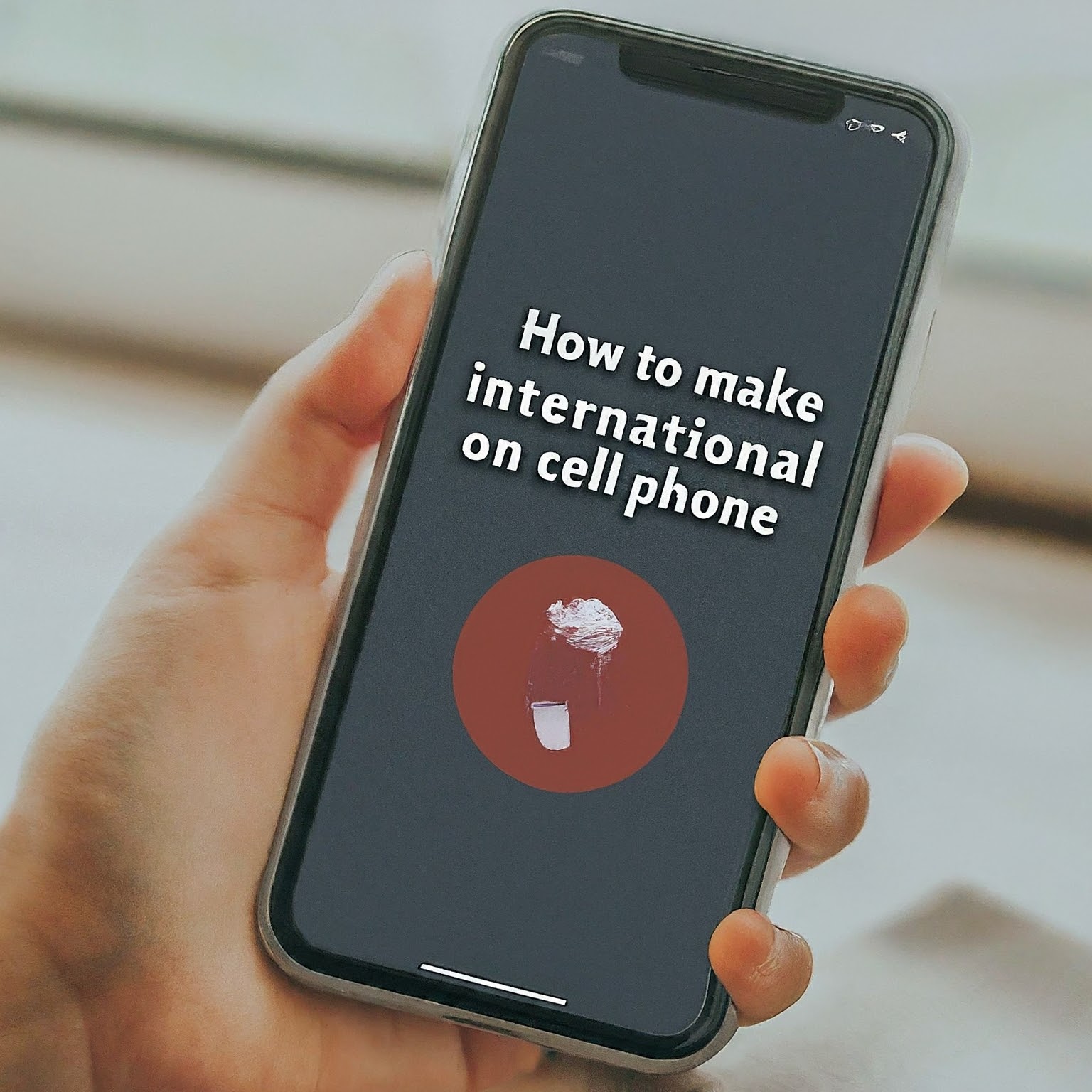Making an international call on cell phone has become increasingly easy and affordable. However, there are some essential elements to grasp before dialing that number.

The International Dialing Format
To make an international call, you typically follow this format:
- Exit code: This is the code used to signal your phone carrier that you’re making an international call. In many countries, it’s “00” or “+.”
- Country code: A unique number representing the country you’re calling.
- City or area code: This is often required for specific locations within a country.
- Local phone number: The number of the person you’re trying to reach.
For example, to call a number in the United States from the United Kingdom, you might dial: 00 1 (country code for the US) + area code + local number.
Carrier Charges and Plans
Before making an international call, it’s crucial to understand your cellular provider’s rates. Some carriers offer international calling plans or packages that can significantly reduce costs. Be aware of potential roaming charges if you’re traveling abroad and using your phone’s data or making calls.
Methods for Making International Calls
There are several ways to make international calls on cell phone.
Direct Dialing
This is the most common method. You simply dial the exit code, country code, area code, and phone number as mentioned above.
VoIP Apps
Voice over Internet Protocol (VoIP) apps like Skype, WhatsApp, and FaceTime offer affordable international calling options. These apps often use your phone’s internet connection, which can be cheaper than traditional cellular rates, especially for longer calls.
Calling Cards
While less common now, calling cards can still be an option. You purchase a card with a specific amount of calling credit and dial a specific access number followed by the international number you want to reach.
Tips for Saving Money on International Calls
- Research your carrier’s plans: Compare different plans to find the most cost-effective option for your calling needs.
- Use VoIP apps: These apps often offer cheaper rates, especially for longer calls.
- Consider calling cards: While less popular, they can still be a viable option for certain calling patterns.
- Choose the right time to call: International call rates can vary depending on the time of day.
- Use Wi-Fi calling: If available, use Wi-Fi calling to avoid roaming charges when traveling.
Troubleshooting Common Issues
- Incorrect dialing: Double-check the country code, area code, and phone number.
- Poor signal strength: Ensure you have a strong cellular signal for clear calls.
- Carrier restrictions: Some carriers may restrict international calling, especially for prepaid plans.
- VoIP app issues: Check your internet connection and app settings.
Additional Considerations
- Emergency calls: While it’s generally possible to dial emergency numbers from abroad, it’s essential to know the correct format for the country you’re in.
- International roaming: Be aware of roaming charges if you’re traveling and using your phone’s data or making calls.
- SIM cards: Consider purchasing a local SIM card if you’re staying in a country for an extended period.
لا تعليق